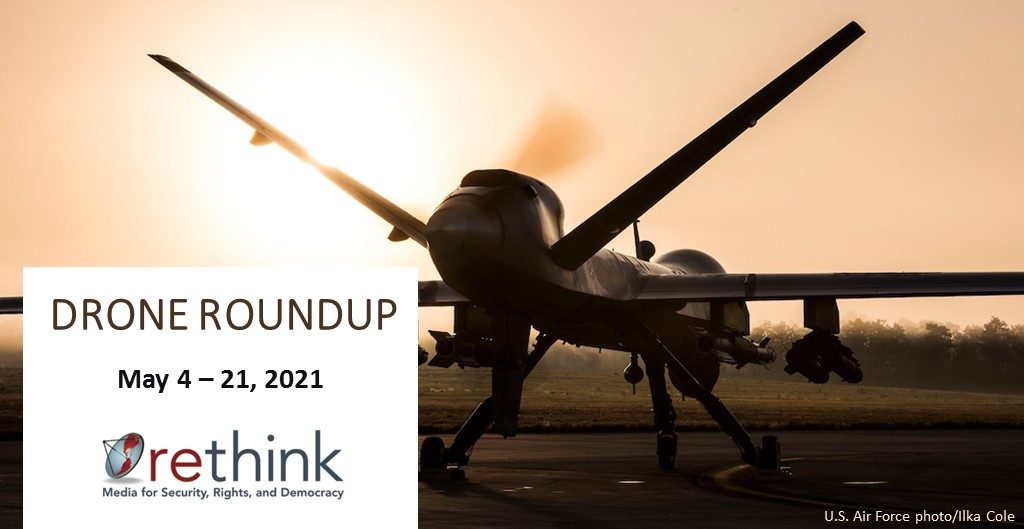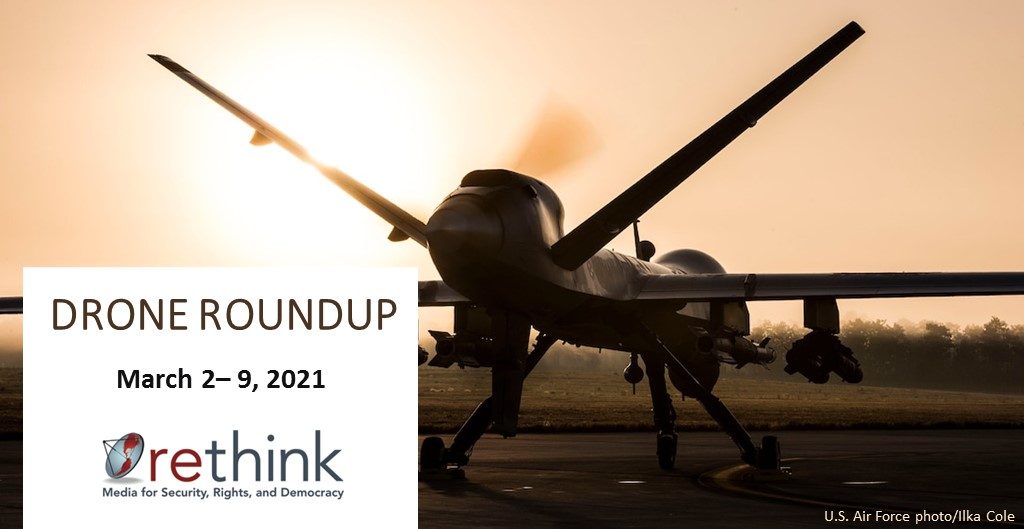Switzerland has operated drones for reconnaissance purposes since 1998. It’s current fleet consists of 15 small tactical ADS Ranger drones which are used to gather data and are unarmed. In 2014 Switzerland announced the plan to buy six Hermes 900 HFE drones manufactured by the Israeli Elbit Systems company. The purchase was extremely controversial and led to a serious political debate in Switzerland. Currently, only 1 Israeli Hermes 900 drone has been delivered. The first deployments of the drones are planned in the second half of 2020.
There is no indication at this moment that Switzerland is planning to acquire or produce armed drones. However, the Swiss did join a consortium with other European countries to develop the nEuron combat drone, a technology demonstrator model.
The Federal Office for Defence Procurement of Switzerland announced the plan of acquiring the Hermes 900 Medium Altitude Long Endurance (MALE) drones in June 2014. The Hermes 900 is an unarmed UAV system, designed to perform intelligence, surveillance, target acquisition and reconnaissance (ISTAR) roles. The drones were expected to be delivered by 2020, as they replace the ADS 95-Ranger UAV systems of which 15 are currently in service with the Swiss Air Forces. Five of the six Hermes drones have not been delivered yet. The Hermes drone that has been delivered is currently grounded. Swiss pilots are now learning to fly the drones in Israel.
The Ranger is a tactical unmanned aerial vehicle designed and built by a Swiss-Israeli consortium made up of the Swiss RUAG Aviation and Israel Aerospace Industries (IAI). Since 2001, the Swiss Air Force has been using Ranger UAVs to perform reconnaissance and surveillance missions, mainly for border control and surveillance. The Swiss-build drones were also acquired by the Finnish defense ministry in 2001 to be used for tactical purposes.
As the Hermes 900 MALE drones will be substantially larger than the current Ranger drones, Switzerland is considering to spend 8 million francs on drones the size of model airplanes so smaller units in the field can use them too. Among the candidates are the Orbiter 2 drones manufactured by Israeli firm Aeronautics and the Fly Eye drones by Polish firm WB electronics.
Moreover, Switzerland has shown interest in drone development programmes in Europe. Together with France, Spain, Greece and Sweden, it is involved in the nEUROn programme led by the French company Dassault. The aim of the program is to develop the “next generation” combat drones. The product of the consortium, the nEUROn UCAV demonstrator, was officially unveiled in 2012 at the Istres airbase in France. The nEUROn has flown over a hundred test flights since then, and successfully carried out a test launch of a 250kg bomb. Switzerland was also part of the initial European drone users club which aimed to develop a European Medium-Altitude, Long-Endurance drone. Currently the only countries still committed to the development of this project are France, Germany, Czechia, and Italy.
Articulate clear policy
In 2014, The Swiss government declined to support a parliamentary motion by Socialist Representative Sommaruga Carlot proposing that Switzerland should launch an international process to regulate the use of drones from a human rights and International Humanitarian Law perspective. The Swiss Federal Council stated in an opinion on the motion that “neither armed drones themselves, nor the use of armed drones, including drone strikes, are prohibited as such by international law.” The Council did add that it would be a priority to “clarify existing obligations (eg issues related to transparency and accountability or the use of such weapons systems outside armed conflict)”. Further on, the Council also noted that “..it closely follows new developments in this area. Should it become necessary to clarify or adapt the existing legal framework, in particular in the field of international humanitarian law, the Federal Council would be ready, when the time comes, to examine the possibility of joining an initiative going into that Sens.”
During the 2014 Human Rights Council ‘interactive panel discussion of experts’ on the use of remotely piloted aircraft, Switzerland co-sponsored a resolution, together with Pakistan and Yemen, calling on all states to ensure that the use of armed drones complies with international law. The United States and other member states debated whether the HRC was the right forum, and would prefer to discuss issues related to the law of armed conflict in a “non-politicized” forum, referring to an earlier initiative from Switzerland and the International Committee for the Red Cross.
In September 2015, the Swiss parliament approved the purchase of the six Israeli Hermes drones, with 30 votes in favor and 12 opposing the $200m plan. The controversial deal was met with protest by campaigners arguing that the Hermes 900 have been used in Gaza operations, facilitating the deaths of innocent civilians. Political debate followed, during which the Swiss Minister of Defense Ueli Maurer argued that the drones were not bought from the state of Israel, but from an Israeli company. Maurer also stated that the drones would be used only for surveillance by border guards, and that there was no intention to arm them.
Activists from different organizations such as Gruppe für eine Schweiz ohne Armee (GSoA), Boycott, Divest and Sanctions against Israel (BDS), and Collective Urgence Palestine (CUP), have protested against the deal by blocking the entrance to one of Switzerland’s largest military bases in Thun. The protestors urged the Swiss parliament not to invest in Israel’s human right violations against Palestinians, arguing that the deal would “contribute technology to violations of international humanitarian law – instead of preventing them from taking place.“
In 2017, the Swiss Defence ministry was again under fire over the Hermes 900 drones, as tests of the drones took place over land occupied by Israel but which Switzerland does not recognize as Israeli territory. In a statement, the Defence ministry admitted that Swiss delegations had paid three visits to the occupied territory of Pik in the Golan Heights, not realizing it was contested ground.
Control proliferation
Switzerland has signed the Arms Trade Treaty, which controls the export of unmanned combat aerial vehicles. For unknown reasons, Switzerland however did not sign the Joint Declaration for the Export and Subsequent Use of Armed or Strike-Enabled Unmanned Aerial Vehicles, which aims to regulate the production, export and use of armed drones to that end that international law, including human rights law, is ‘upheld’. Switzerland is not part of the EU and hence not part of the EU’s Common Position on Arms Exports. It is, however, a member of the Wassenaar Arrangement which was the first global multilateral arrangement on export controls for conventional weapons and sensitive dual-use goods and technologies. Switzerland has also joined the Missile Technology Control Regime, which aims to restrict the proliferation of, amongst others, unmanned aerial vehicles.





